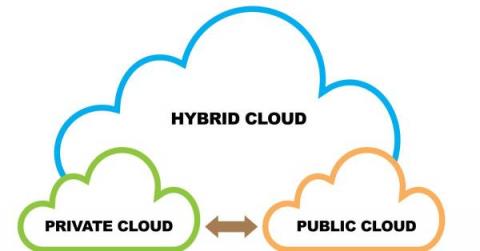The New Breed: How to Think About Robots
You’ve heard the saying “if you do what you love, you’ll never work a day in your life,” right? Well, I hate to say it, but that’s me. I never dreamed that I would wind up in a field that combined all of my interests, but somehow that happened. Through my research at the MIT Media Lab I get to apply my legal and social sciences background to human-robot interaction. Which yes, does mean that I mostly get to play with robots all day.





